Home>Maintenance & Safety>Home Maintenance Checklists>How Big Is A 32 Gallon Trash Can
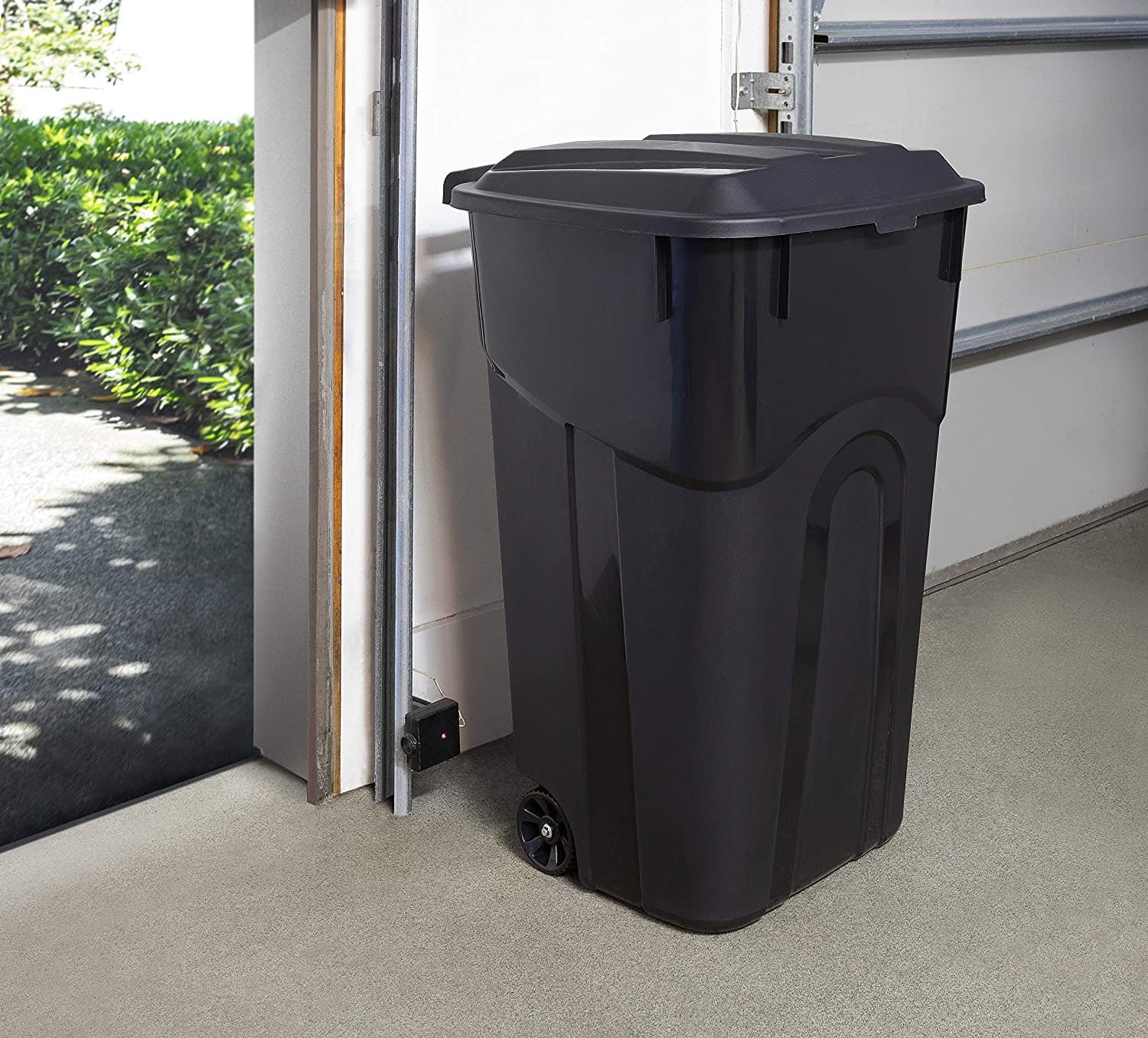

Home Maintenance Checklists
How Big Is A 32 Gallon Trash Can
Published: January 17, 2024
Discover the perfect home maintenance checklist for managing waste with a 32-gallon trash can. Learn how to optimize your waste management system today!
(Many of the links in this article redirect to a specific reviewed product. Your purchase of these products through affiliate links helps to generate commission for Storables.com, at no extra cost. Learn more)
Introduction
When it comes to managing household waste, having the right trash can size is essential. A 32-gallon trash can is a popular choice for many homeowners due to its ample capacity and versatility. In this article, we will explore the dimensions of a standard 32-gallon trash can, its common uses, as well as the advantages and disadvantages of opting for this size. Whether you are considering purchasing a new trash can or simply want to learn more about different waste management options, understanding the specifics of a 32-gallon trash can can help you make an informed decision. Let's delve into the details of this commonly used waste receptacle and discover its practical implications for your everyday needs.
Key Takeaways:
- The 32-gallon trash can, measuring 2 feet in height and diameter, is a versatile option for managing household waste, yard debris, and recyclables, offering ample capacity and practicality for various waste disposal needs.
- While the 32-gallon trash can provides ample space and durability for waste disposal, it may pose challenges in weight and maneuverability, space requirements, and potential odor and pest concerns, requiring careful consideration for specific waste management requirements.
Read more: How Big Is A 20 Gallon Trash Can
Standard 32-Gallon Trash Can Dimensions
Measuring approximately 2 feet in height and 2 feet in diameter, a standard 32-gallon trash can offers a generous capacity for holding various types of waste. These dimensions make it a versatile option for both indoor and outdoor use. The typical height of a 32-gallon trash can allows for easy access when disposing of household waste, while the diameter provides ample space for accommodating large items without overcrowding the can.
Most 32-gallon trash cans feature a durable construction, often made of high-quality plastic or metal, ensuring their ability to withstand the rigors of regular use and exposure to the elements. Some models come with additional features such as wheels and attached lids, enhancing their mobility and usability. The dimensions of a 32-gallon trash can make it suitable for a range of waste disposal needs, from everyday household trash to yard debris and recyclable materials.
Understanding the dimensions of a 32-gallon trash can is crucial when planning for waste management in residential, commercial, or outdoor settings. Whether you are considering purchasing a new trash can or evaluating the capacity of your existing one, being aware of the standard dimensions can help you make informed decisions regarding waste disposal and storage.
Common Uses for 32-Gallon Trash Cans
The 32-gallon trash can is a versatile waste management solution that finds numerous applications in various settings. Its ample capacity and practical dimensions make it well-suited for a wide range of uses, both indoors and outdoors. Here are some common scenarios where a 32-gallon trash can proves to be highly beneficial:
- Household Waste Disposal: In residential settings, 32-gallon trash cans are commonly used for collecting and disposing of everyday household waste, including kitchen and bathroom trash. Their large capacity allows for accommodating several days’ worth of garbage, reducing the frequency of emptying the can.
- Yard Waste Collection: For homeowners engaged in gardening, landscaping, or outdoor maintenance, a 32-gallon trash can serves as an ideal receptacle for collecting yard waste such as grass clippings, leaves, branches, and other organic debris.
- Recycling Purposes: Many municipalities encourage residents to separate recyclable materials from regular trash. A 32-gallon trash can is often utilized as a dedicated container for recyclables, promoting eco-friendly waste management practices within the community.
- Commercial and Public Spaces: In commercial establishments, parks, and public areas, 32-gallon trash cans are strategically placed to facilitate proper waste disposal for employees, customers, and visitors. Their generous capacity helps maintain cleanliness and tidiness in high-traffic areas.
- Event Waste Management: During events, gatherings, or outdoor activities, 32-gallon trash cans play a vital role in managing the waste generated by attendees. Their size and durability make them suitable for handling the increased volume of trash during such occasions.
These diverse applications highlight the versatility and practicality of 32-gallon trash cans in addressing various waste management needs. Whether used for residential, commercial, or community purposes, these receptacles serve as reliable solutions for containing and disposing of different types of waste, contributing to cleaner and more organized environments.
Advantages and Disadvantages of 32-Gallon Trash Cans
When considering the use of a 32-gallon trash can for waste management, it is important to weigh the advantages and disadvantages associated with this popular receptacle. Understanding the pros and cons can help individuals and organizations make informed decisions regarding their waste disposal needs.
Advantages:
- Ample Capacity: The generous size of a 32-gallon trash can provides ample space for accommodating a significant volume of waste, reducing the frequency of emptying and enhancing convenience.
- Versatility: These trash cans are suitable for a wide range of waste types, including household trash, yard debris, and recyclable materials, making them versatile solutions for different waste management needs.
- Durable Construction: Many 32-gallon trash cans are built to withstand outdoor conditions, featuring sturdy materials and designs that ensure longevity and resilience.
- Accessibility: The dimensions of a 32-gallon trash can make it easily accessible for depositing waste, promoting efficient and hassle-free disposal for users of all ages.
- Community Relevance: In areas where municipal waste collection services utilize 32-gallon cans, using these standard-sized receptacles ensures compatibility and seamless waste disposal practices within the community.
Read more: How Big Is A 96 Gallon Trash Can
Disadvantages:
- Weight and Maneuverability: When filled to capacity, 32-gallon trash cans can become heavy and challenging to move, especially in the case of models without wheels, posing difficulties for some users.
- Space Requirements: The physical dimensions of a 32-gallon trash can may not be suitable for smaller living spaces or areas with limited storage capacity, potentially posing storage challenges.
- Odor and Pest Concerns: The larger size of these trash cans may lead to the accumulation of odors and attract pests if waste is not promptly disposed of or if the can is not adequately sealed with a lid.
- Overfilling Issues: Due to their substantial capacity, 32-gallon trash cans can be prone to overfilling, leading to spillage and potential mess if not managed diligently.
By considering these advantages and disadvantages, individuals and organizations can make well-informed choices regarding the suitability of 32-gallon trash cans for their specific waste management requirements. Assessing these factors enables the selection of the most appropriate waste receptacle for promoting cleanliness, organization, and efficiency in waste disposal practices.
A 32-gallon trash can typically measures about 2 feet in height and 2 feet in diameter. It can hold around 4 standard kitchen trash bags.
Conclusion
As we conclude our exploration of the 32-gallon trash can, it becomes evident that this standard-sized waste receptacle offers a balance of capacity, practicality, and versatility for various waste management needs. Its dimensions, typically measuring around 2 feet in height and diameter, make it a popular choice for residential, commercial, and community applications.
From its common uses in household waste disposal, yard waste collection, and recycling initiatives to its role in maintaining cleanliness in public spaces and facilitating event waste management, the 32-gallon trash can proves to be a reliable and adaptable solution for containing and disposing of different types of waste. Its ample capacity allows for the accumulation of a significant volume of trash, reducing the frequency of emptying and promoting convenience for users.
While the 32-gallon trash can offers numerous advantages, including its durability, accessibility, and community relevance, it is essential to consider potential drawbacks such as weight and maneuverability challenges, space requirements, and odor concerns. By carefully weighing these factors, individuals and organizations can make informed decisions regarding the suitability of 32-gallon trash cans for their specific waste management needs.
Ultimately, the 32-gallon trash can remains a practical and widely utilized waste management solution, contributing to cleaner, more organized environments and supporting eco-friendly waste disposal practices. Whether used in residential, commercial, or community settings, the 32-gallon trash can serves as a testament to the importance of efficient waste management and the role of well-designed waste receptacles in promoting cleanliness and sustainability.
By understanding the dimensions, uses, advantages, and disadvantages of the 32-gallon trash can, individuals can make informed choices that align with their waste disposal requirements, contributing to more efficient and responsible waste management practices in their everyday lives.
Frequently Asked Questions about How Big Is A 32 Gallon Trash Can
Was this page helpful?
At Storables.com, we guarantee accurate and reliable information. Our content, validated by Expert Board Contributors, is crafted following stringent Editorial Policies. We're committed to providing you with well-researched, expert-backed insights for all your informational needs.
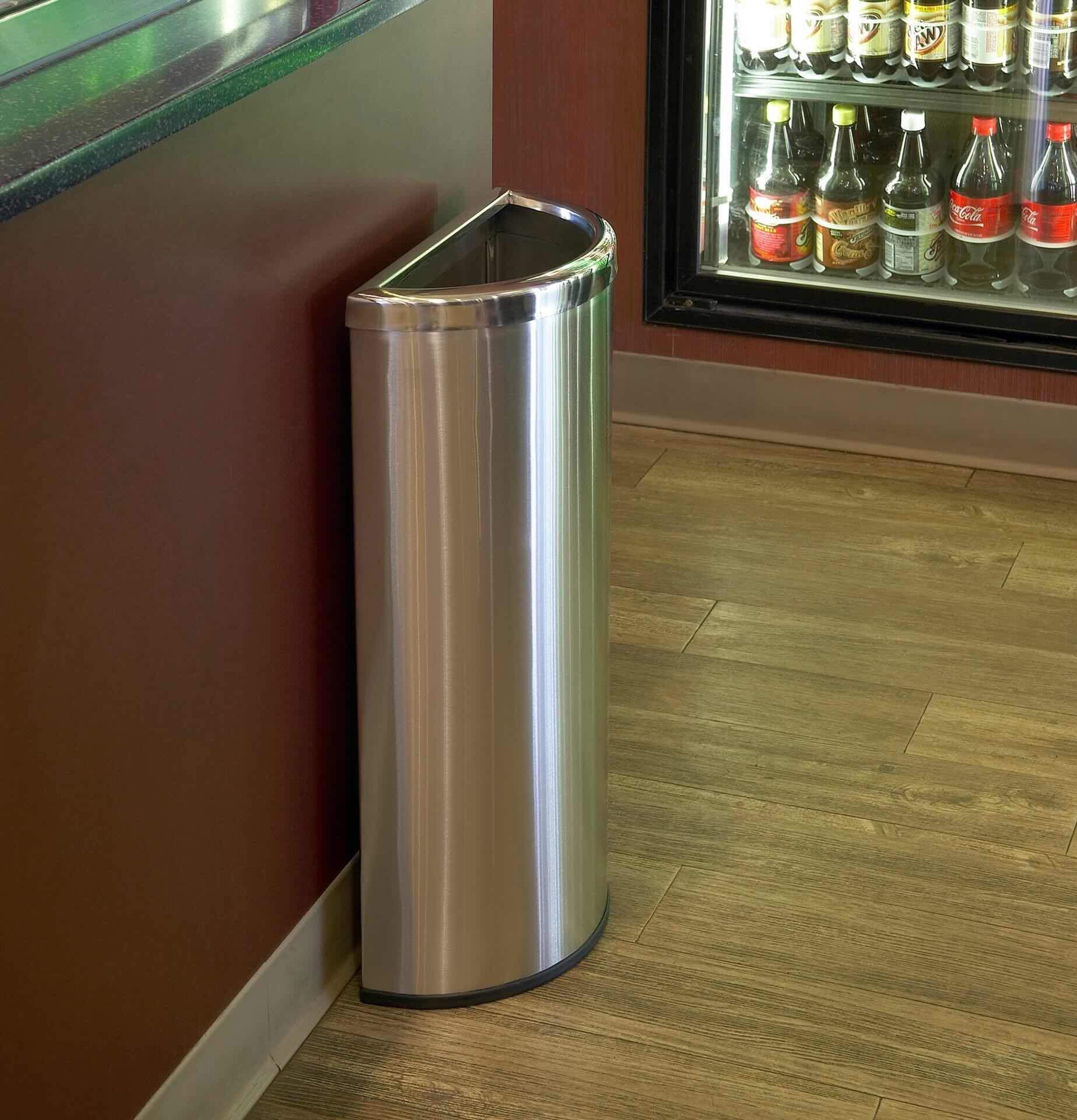
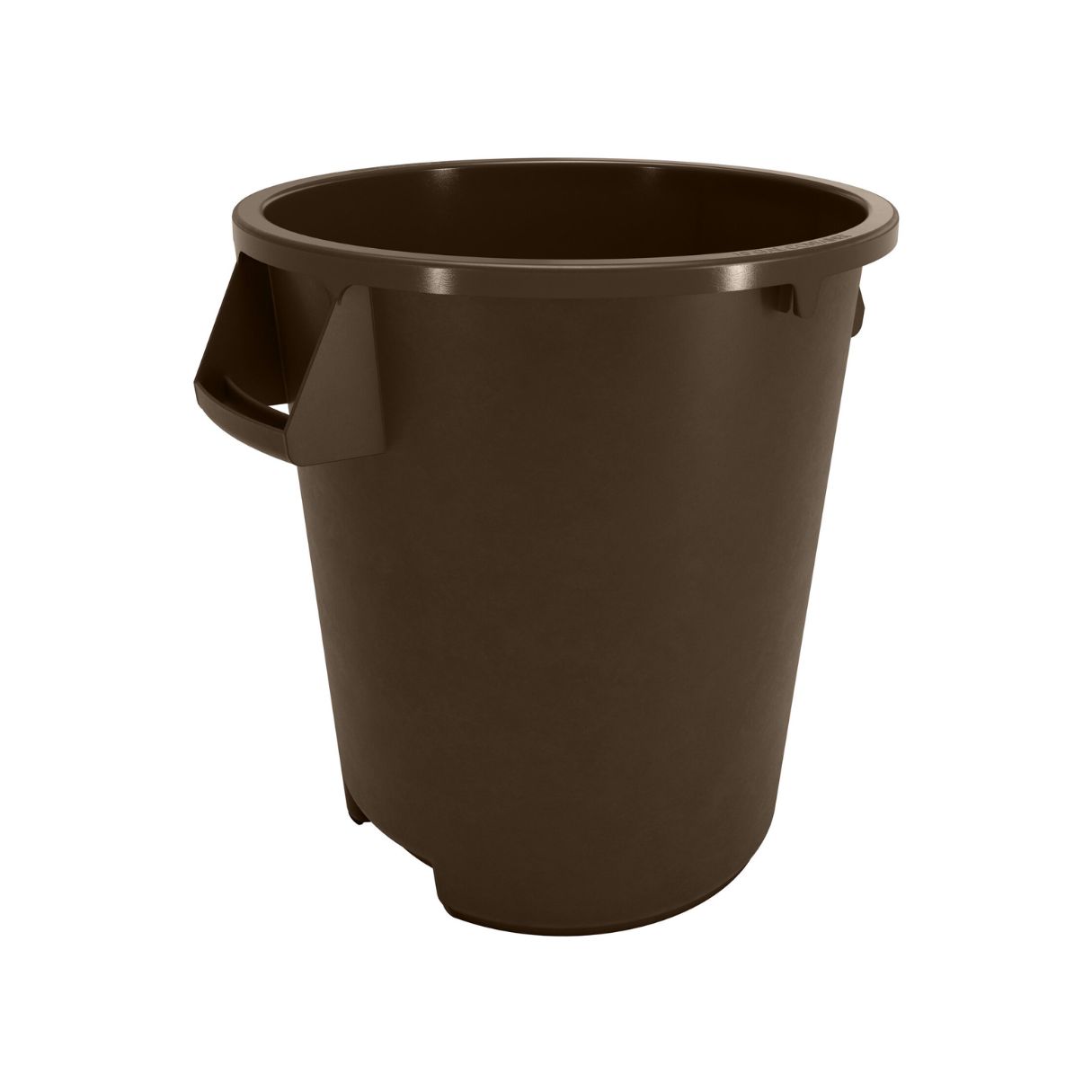
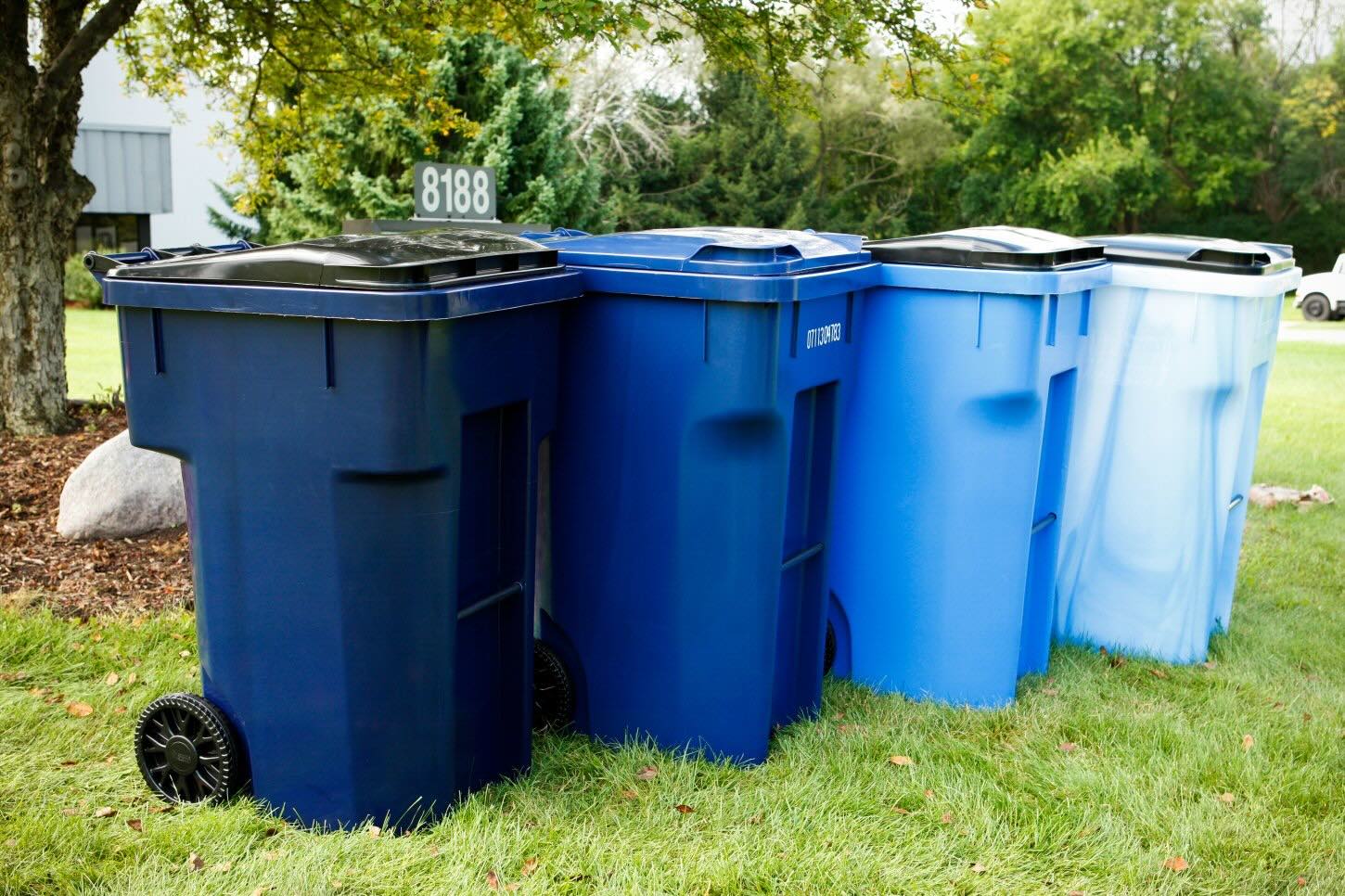
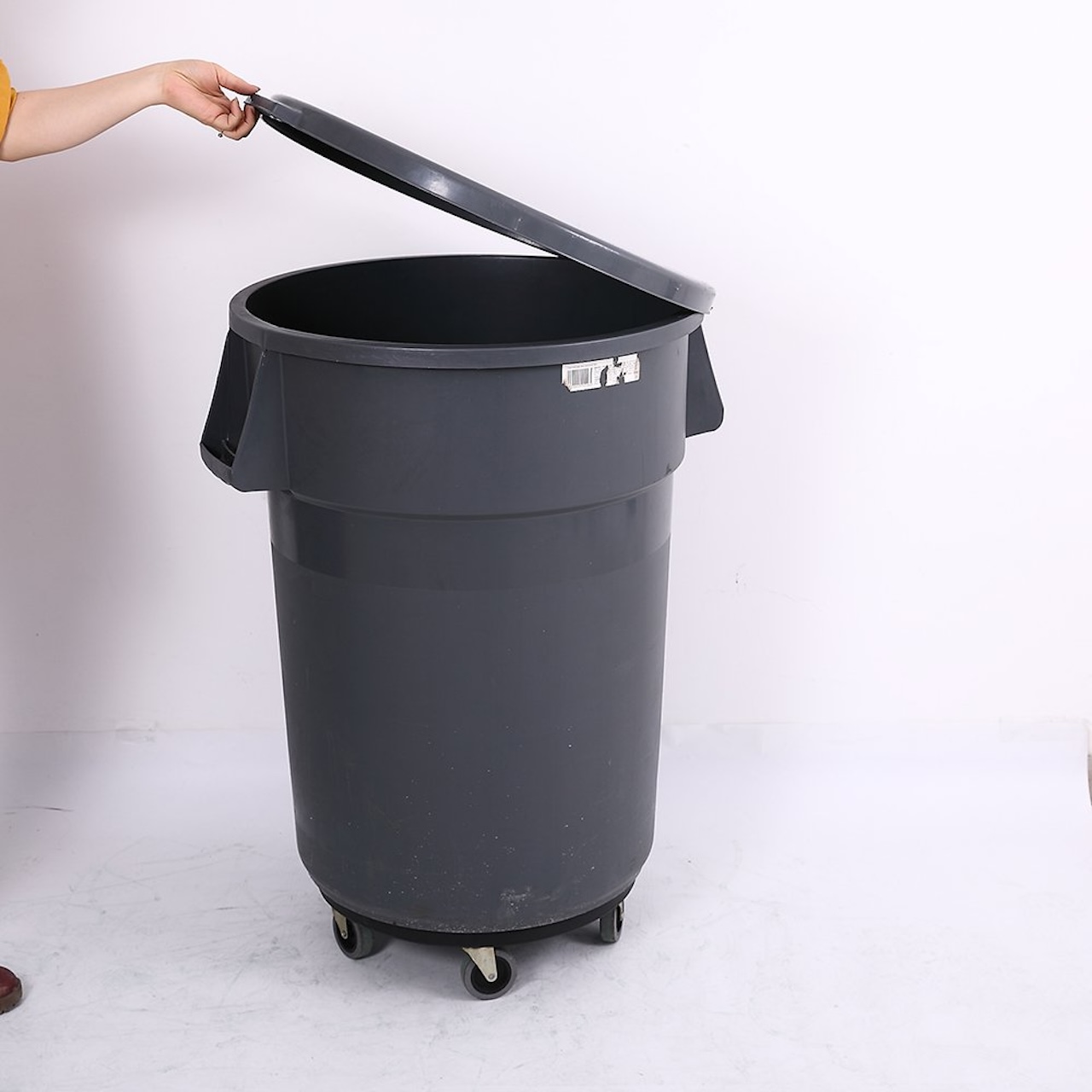
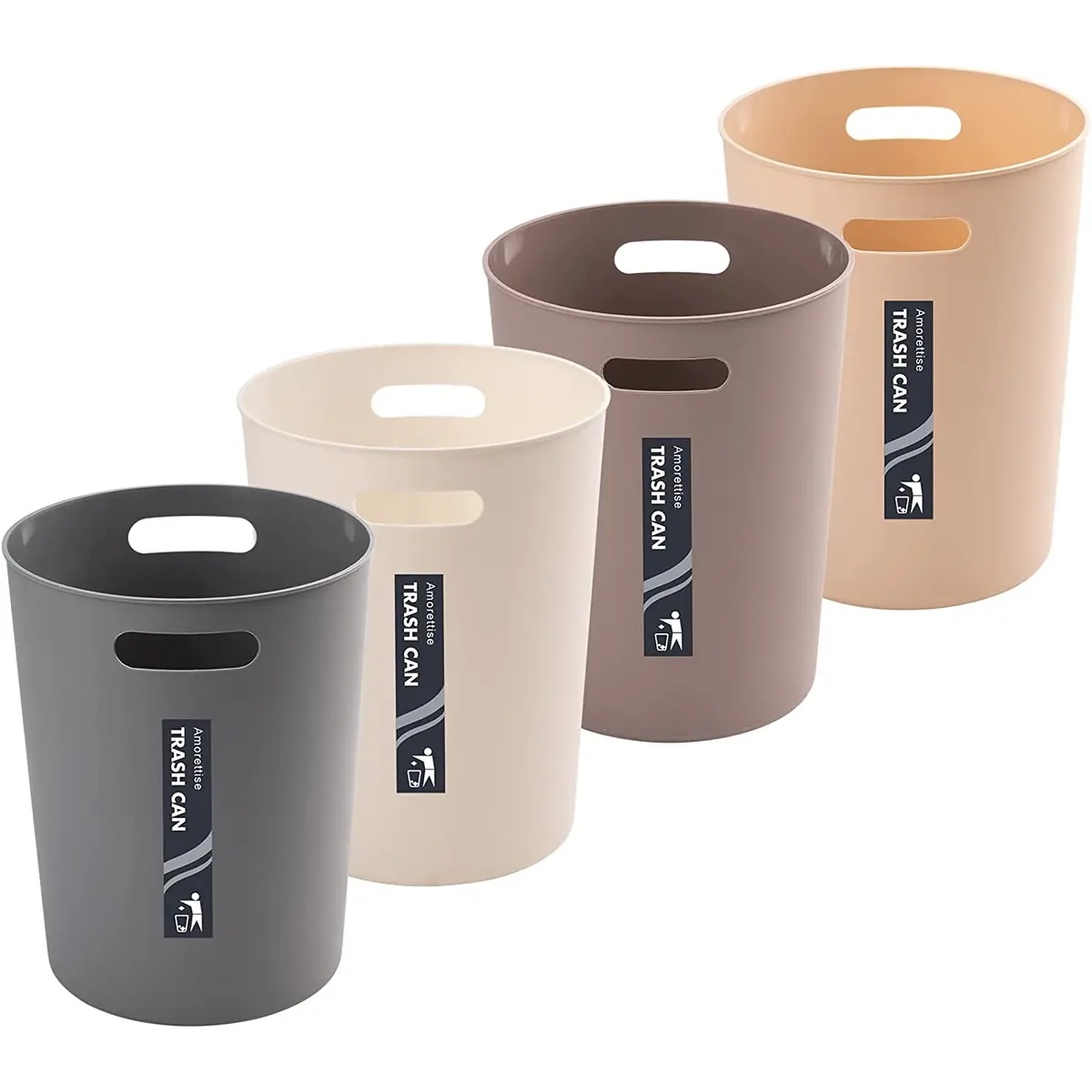
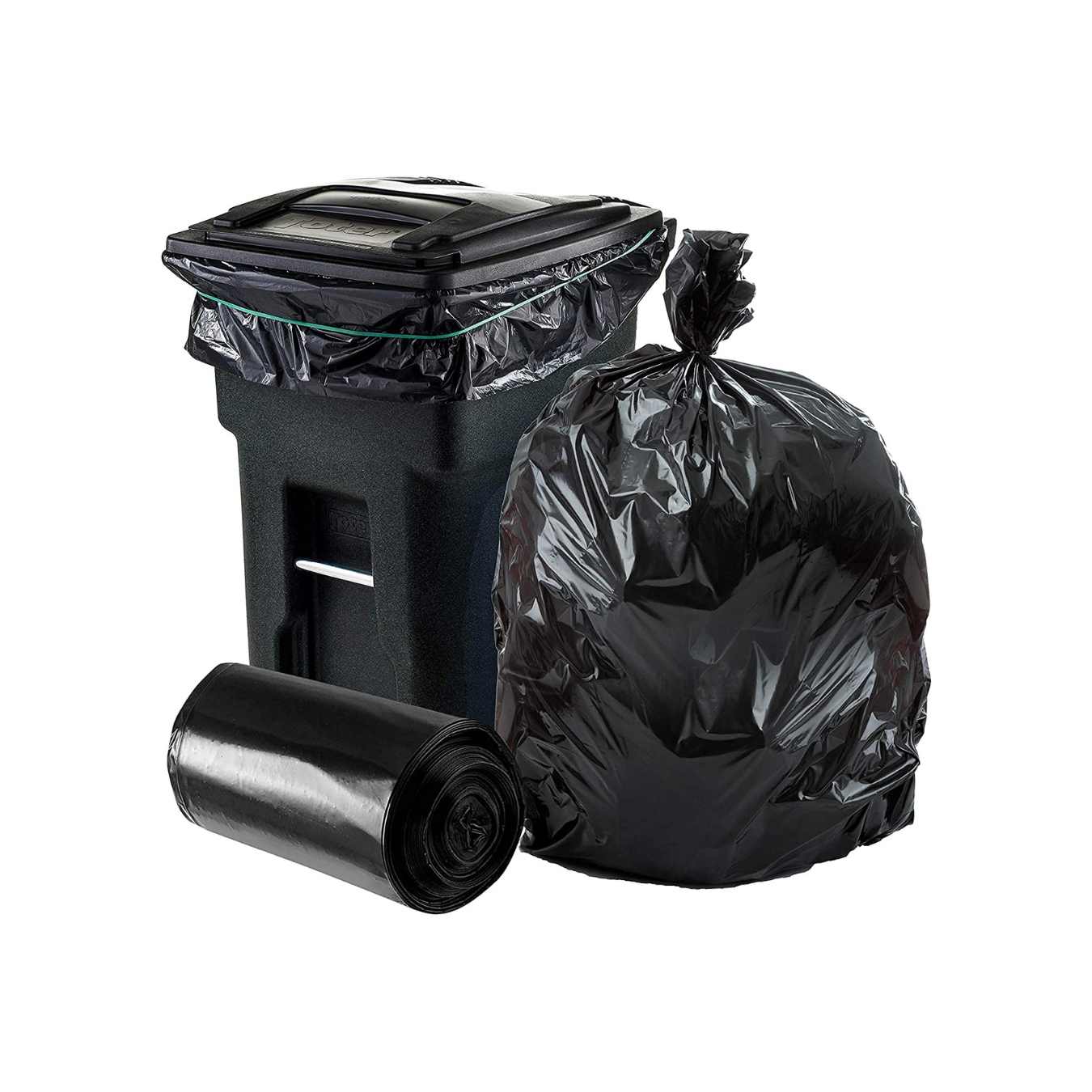
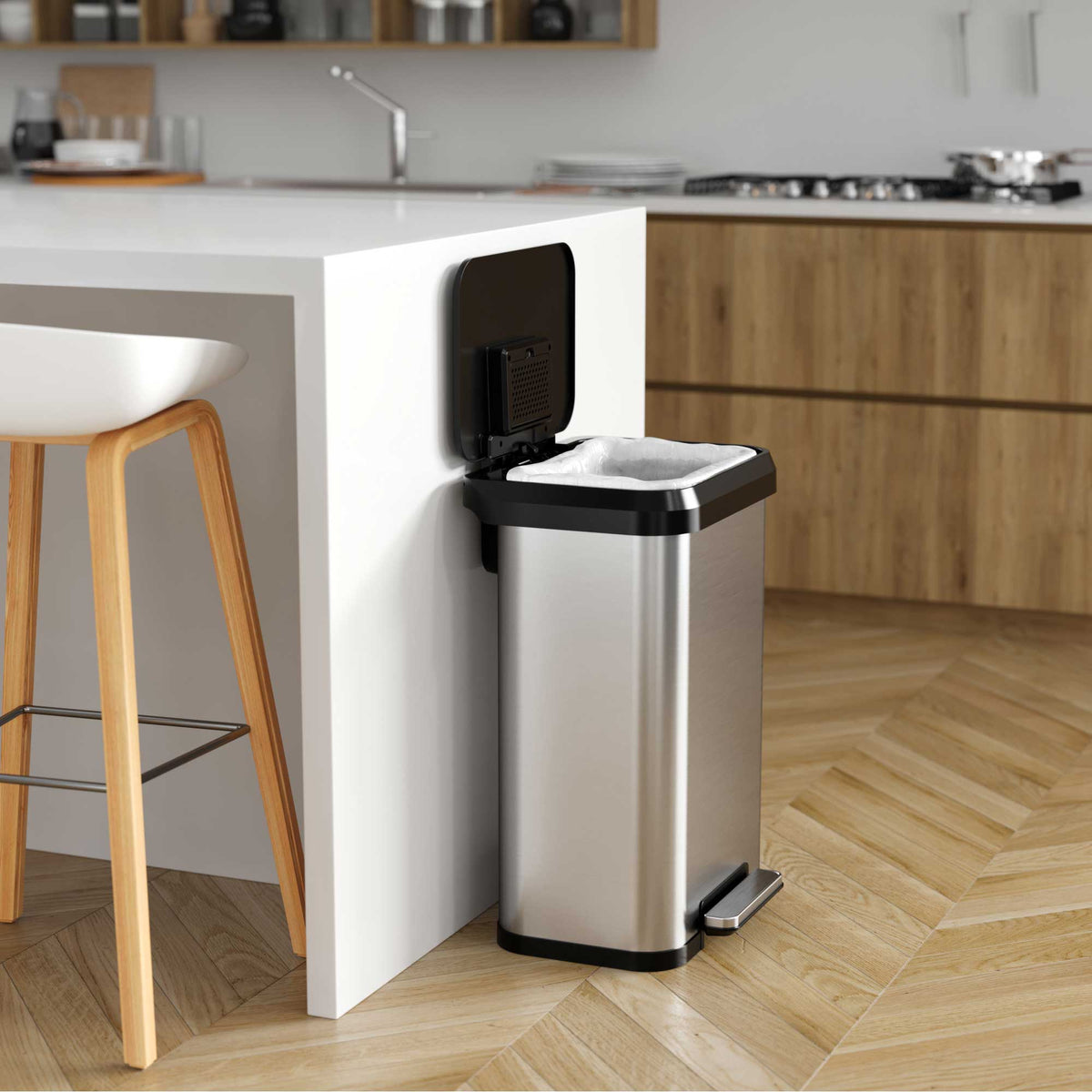
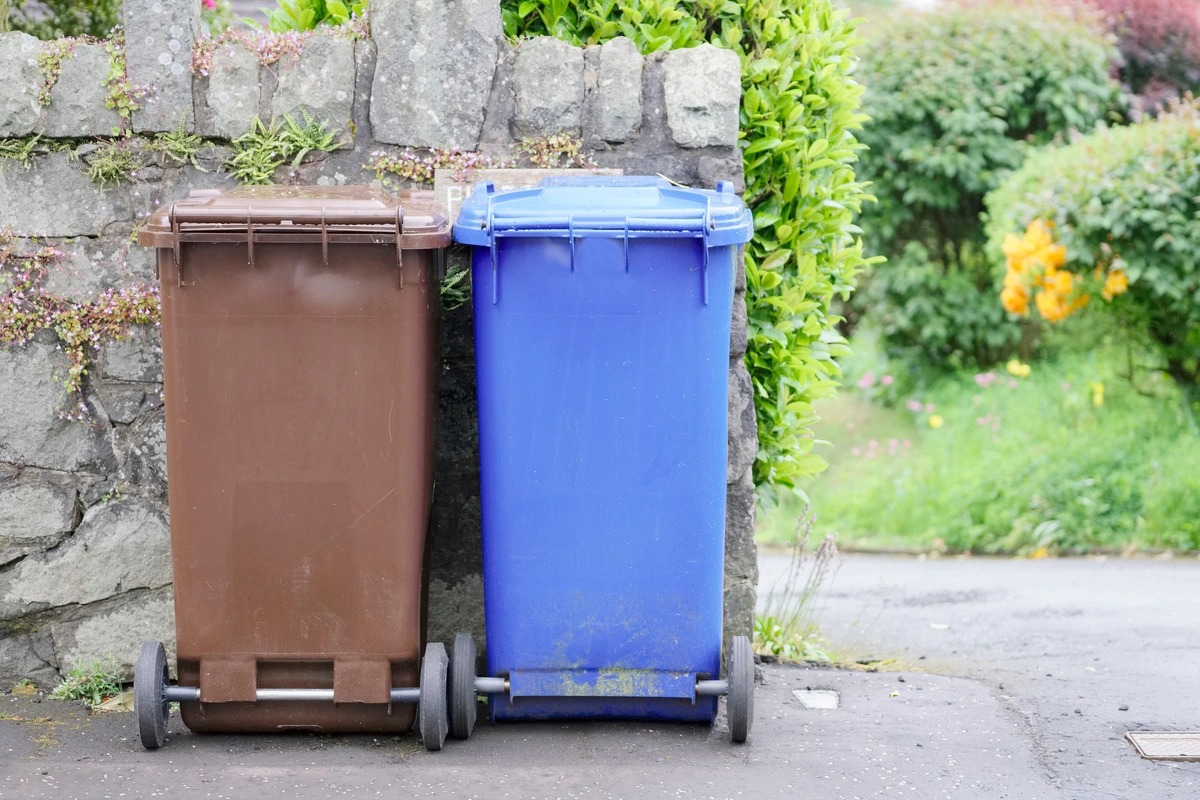
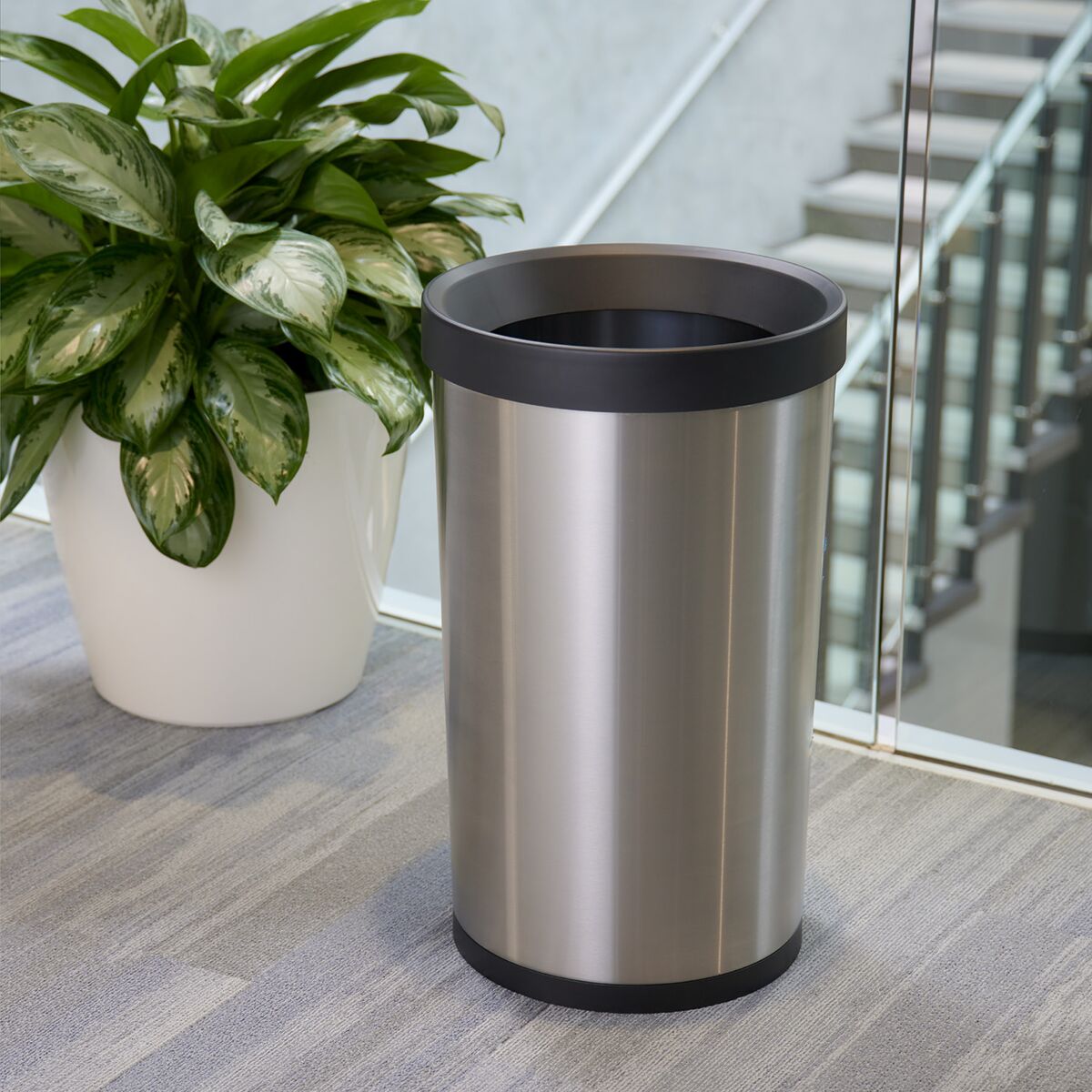
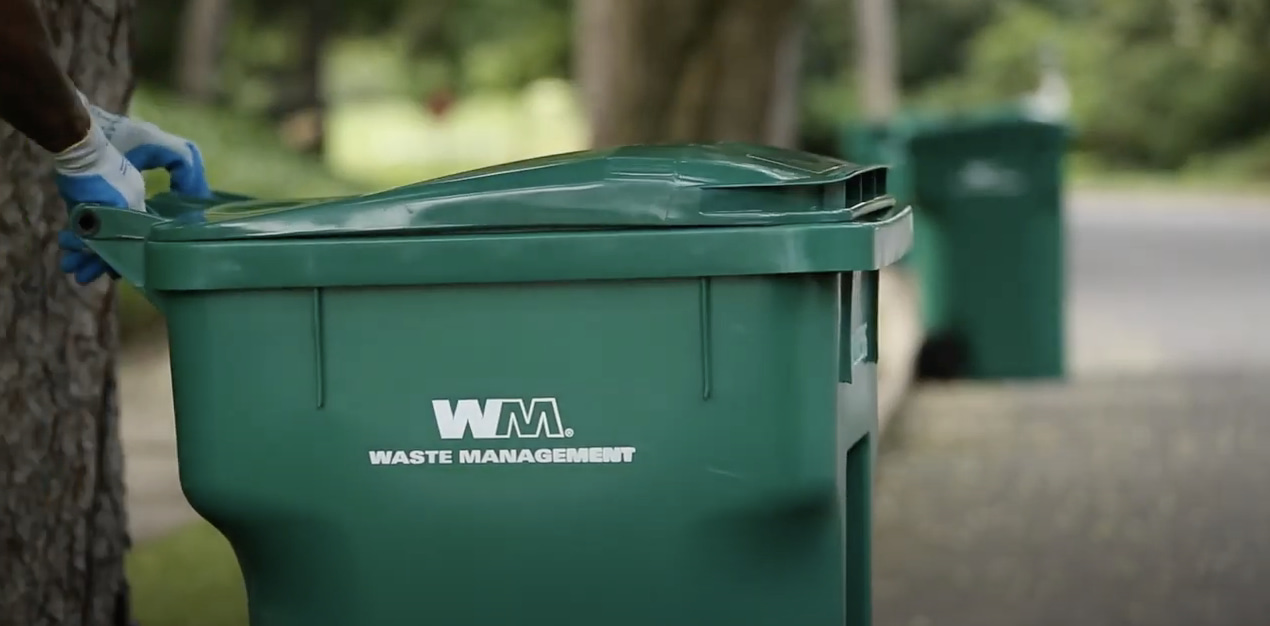
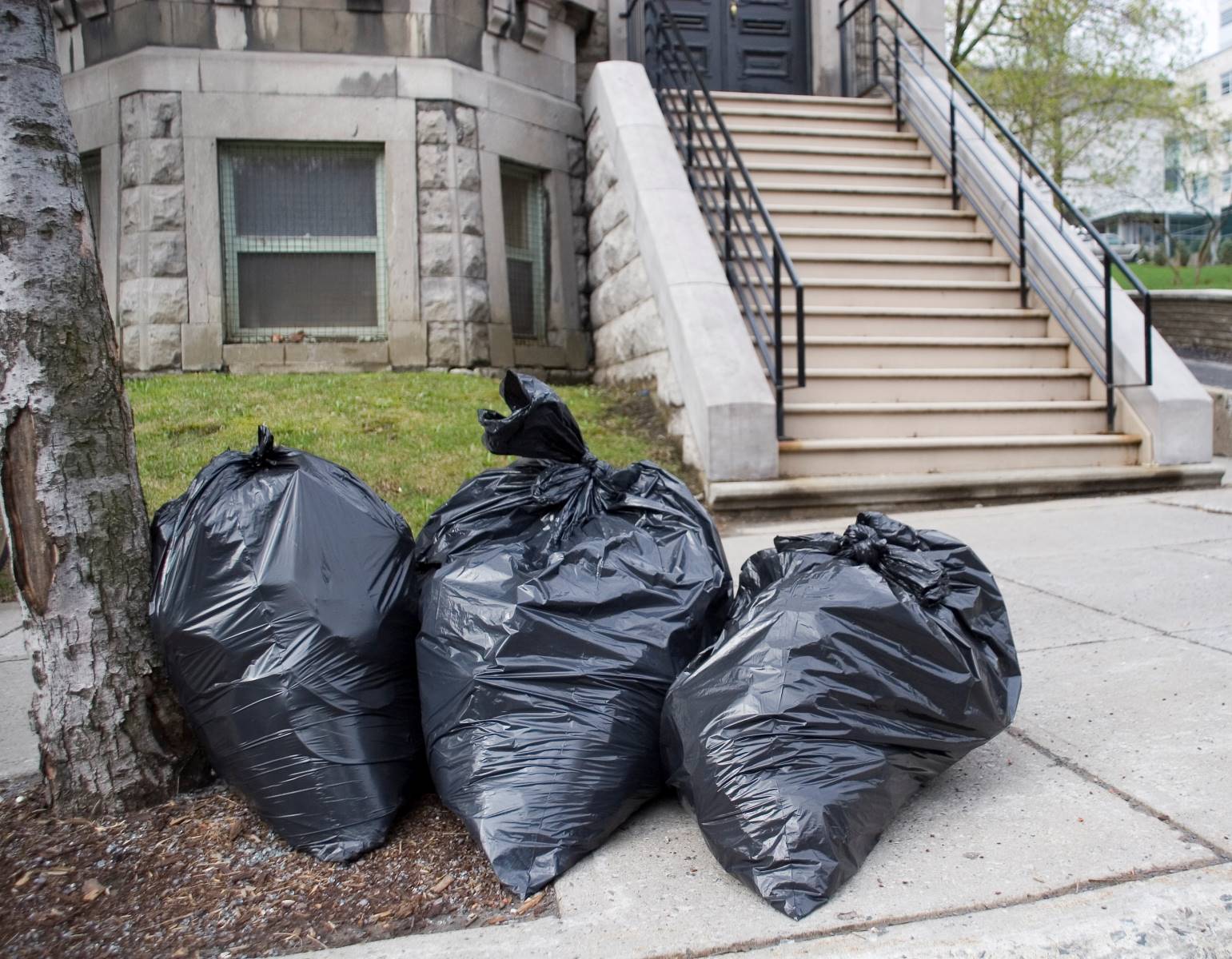
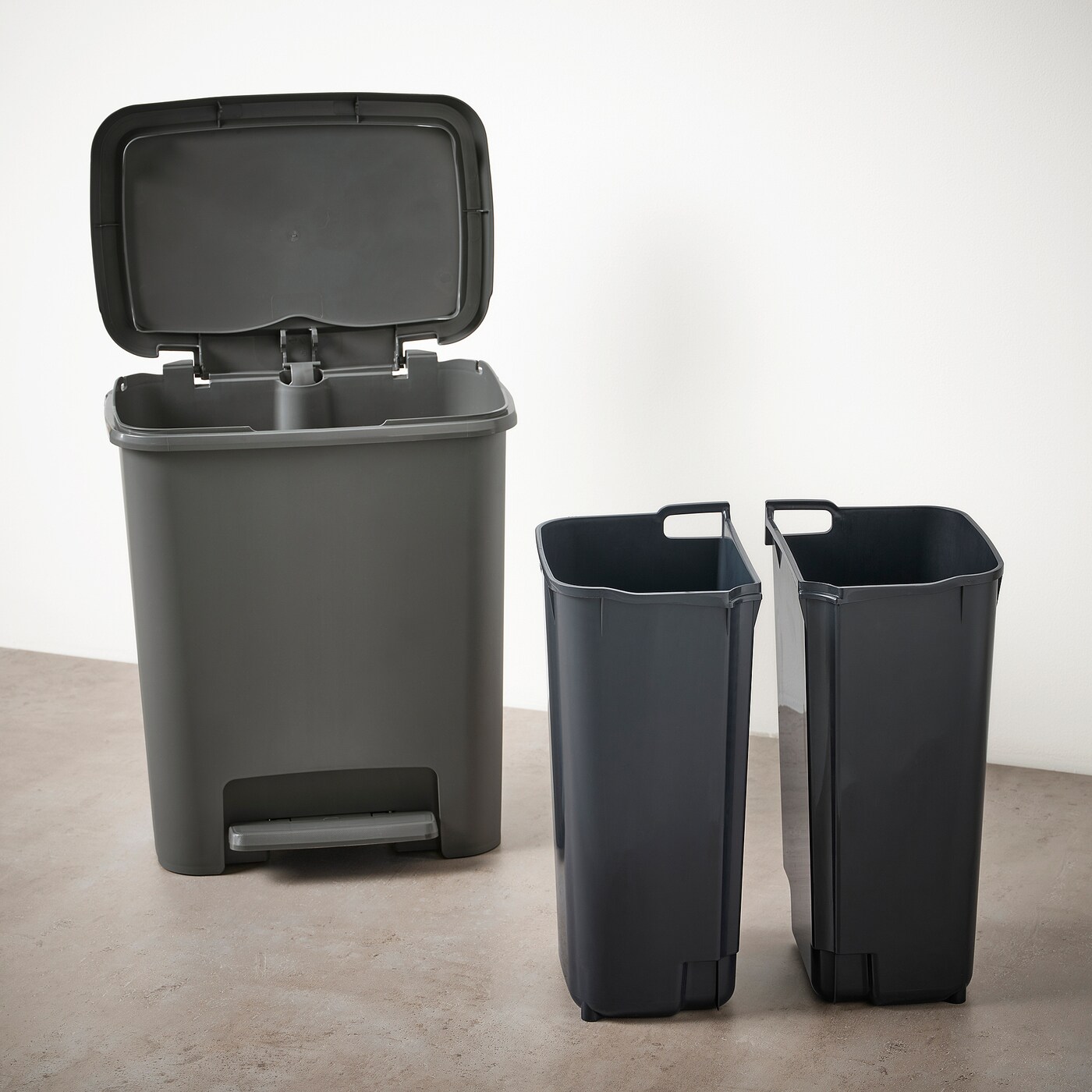
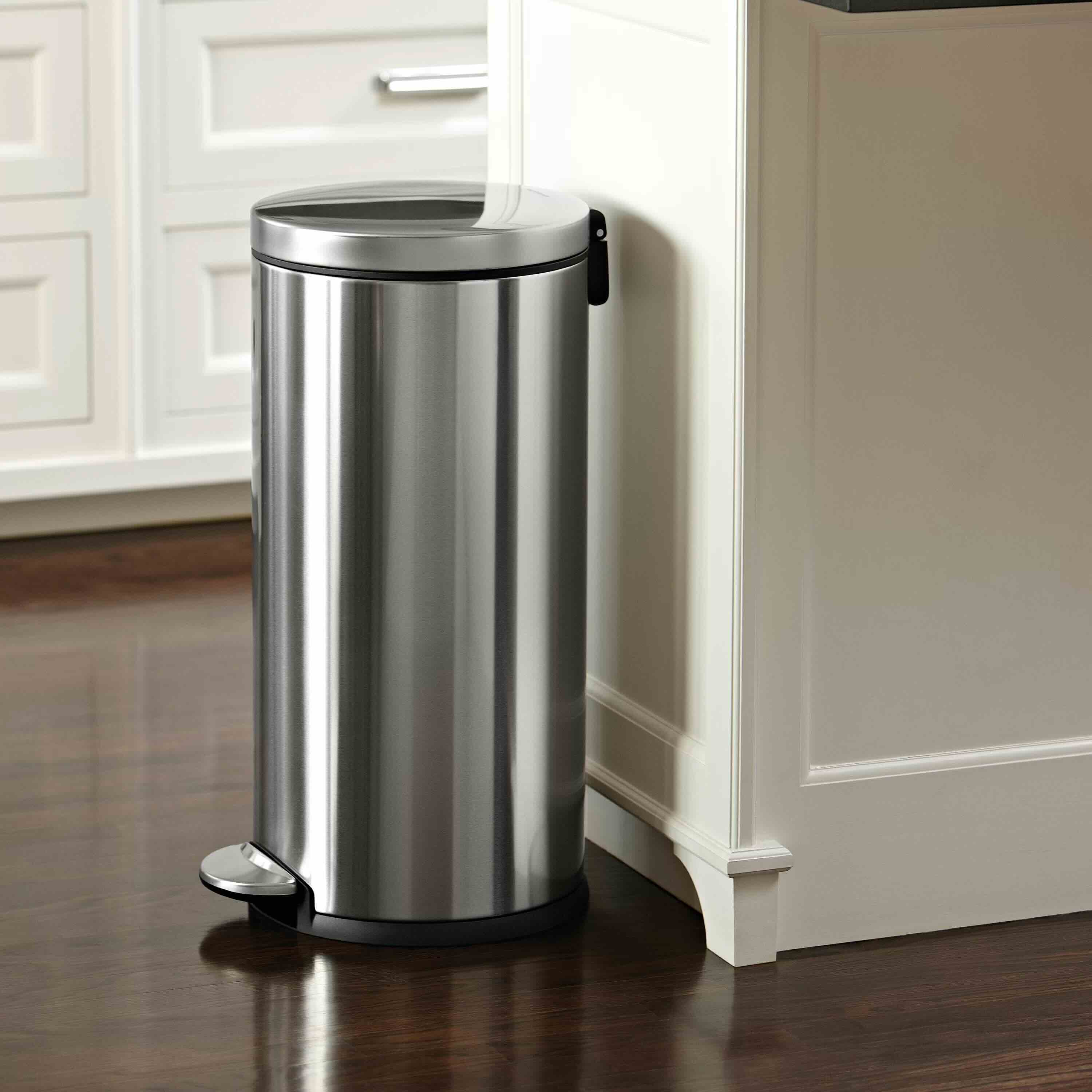
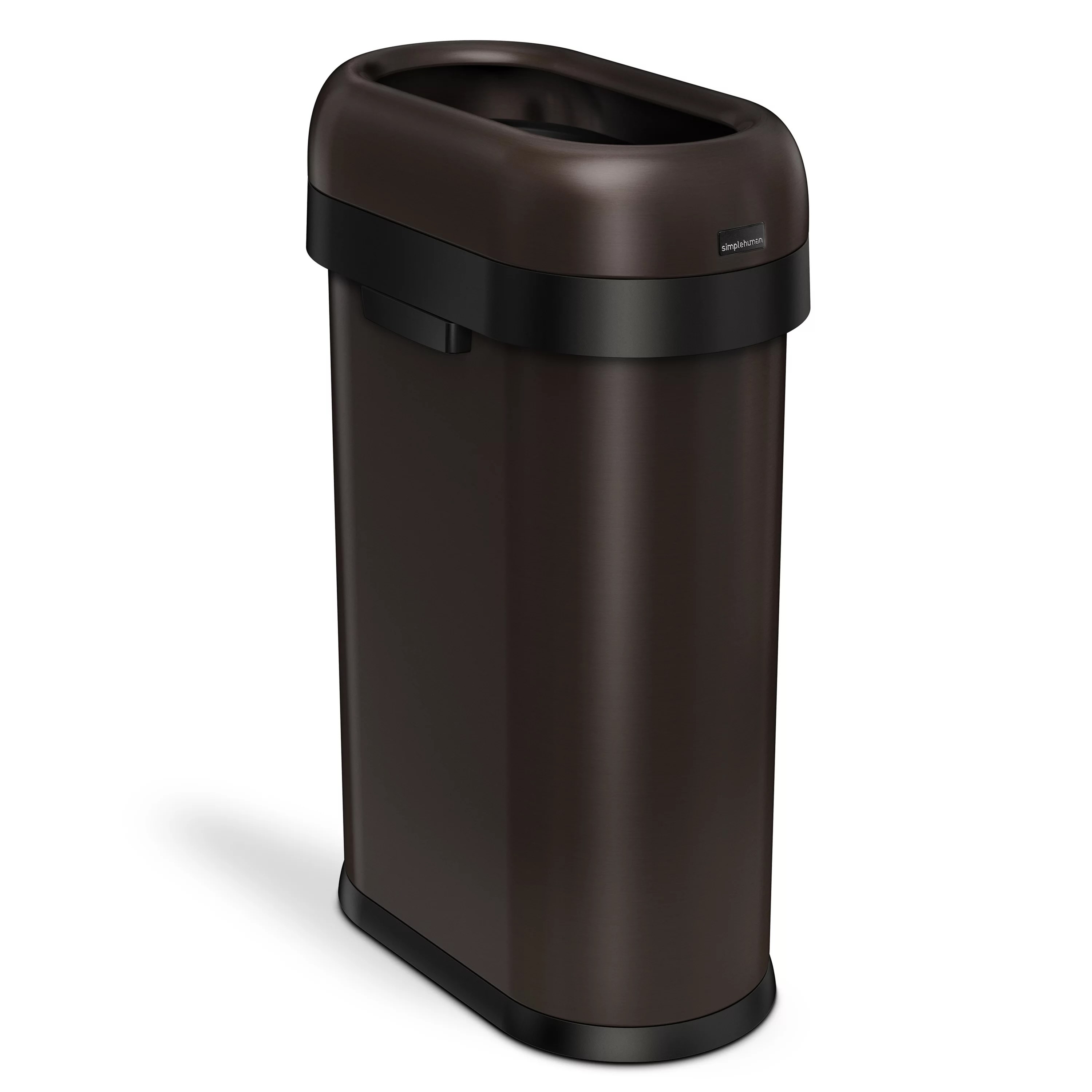

0 thoughts on “How Big Is A 32 Gallon Trash Can”